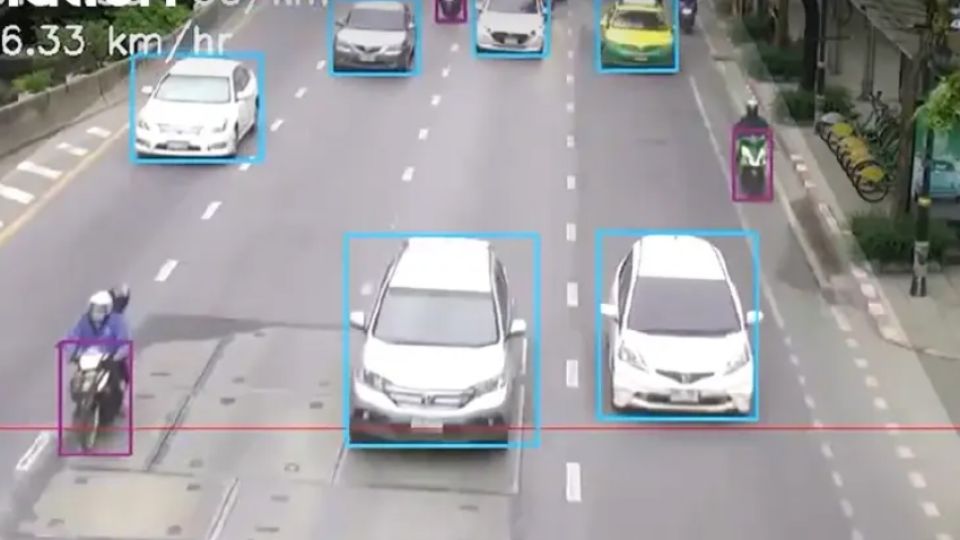May 3, 2024
BANGKOK – The intersection is near several shopping malls and a BTS station. It is also home to the Erawan Shrine, which is always packed with Hindu and Buddhist devotees.
Now AI-enabled cameras have been installed to read the license plates of vehicles violating traffic laws in a new campaign known as the “Ratchaprasong Model”, Pol General Adit Ngamjitsuksri, advisor to the Bangkok governor, said on Wednesday.
The AI will prioritise detecting taxis and tuk tuk drivers waiting for customers in front of the mall and blocking the traffic flow on Ratchadamri Road, he said.
“Those who stop in this spot for more than three minutes, thus exceeding the legal limit, will have their vehicles photographed with a time stamp as evidence. The data will be forwarded to the relevant agencies to pursue legal action,” he said.
He added that the cameras are being used in conjunction with police traffic cones to guide vehicle drivers into lanes that do not block the public buses.
The city has also asked ride-hailing app operators, including Grab and Bolt, to move their pin location at Ratchaprasong Intersection closer to CentralWorld’s entrance and further away from the roads to minimise traffic congestion caused by app users.
On Wednesday, Adit led a group of city and government officials including deputy secretary-general to the Prime Minister Phongsaran Asawachaisophon, Bangkok deputy governor Wisanu Subsompon, and government spokesperson Chai Wacharonke to witness how the Ratchaprasong Model works and how the system can be adopted city-wide to fix traffic woes.


